Last Updated October 5, 2019
Behavioral segmentation is an interesting concept that, when used properly, empowers you to take action at the right time and increase your sales.
It’s the aspect of market segmentation that takes into consideration what people are doing at a specific point in their lives. Combined with demographic and psychographic segmentation, you unlock the ability to send laser targeted offers.
In this article, you’ll learn
- How to talk to the right people at the right time and increase conversions
- The art of getting repeat business my optimizing for your customer’s behavior
- The types of behavioral segmentation and when to use them
- Real life examples of how companies are using behavioral segmentation to get an edge
First, we need to understand exactly what behavioral segmentation is.
Table of Contents
What is behavioral segmentation?
Behavioral segmentation can be defined as dividing market segments into groups based on their behavior about making purchase decisions.
Not all behaviors are important for behavioral segmentation.
Advanced AI technologies like Large Action Models are increasingly being used to enhance behavioral segmentation strategies and provide more personalized customer experiences.
You can read more about the technology here: https://www.trinetix.com/insights/what-are-large-action-models-and-how-do-they-work.
Marketers and entrepreneurs look at important occasions, loyalty, customer status, usage, and benefits sought.
Take John as an example. He’s 22 years old and will be graduating college in the next few weeks. He’s got a few job interviews lined up and is a bit lost on how to make a great impression.
In exchange for a guide on preparing his resume for job hunting, he filled out a short form that indicated he’ll be graduating college in three months.
John was happy because he was able to get a valuable resource that helped him out and resulted in getting high-quality interviews. You were happy because you got valuable information and made his day.
You know John is entering an exciting and challenging time in his life. He’s about to leave school and go out into the world to get his first real job. With that information, you’re able to send him information related to interviews skills, building confidence, and salary negotiation.
Leading up to graduation, his anxiety is at an all-time high because he’s about to start going to job interviews.
That would be the perfect time to send a relevant email (it can be completely automated) about a course you have which prepares job applicants for everything from what to wear, what to say, and how to negotiate the best salary.
Additionally, for those like John, seeking to further sharpen their skills and enhance their market readiness, considering coding bootcamps could be a valuable step. In fact, many graduates have found significant value in reading Flatiron School reviews to gain insights into the quality of education and the impact it had on their career progression.
These reviews can be a rich resource, offering prospective students a glimpse into the real-world benefits of such programs, and aiding in informed decision-making.
Hey John,
You’ve made it. It’s almost time to graduate from college and start chasing your dreams.
Around this time, you’re probably preparing for job interviews with multiple companies. This is a trying time because a lot is riding on how well you do.
Think about it, a complete stranger is going to decide how your life will play out for the next few years.
No pressure right?
Anyways, you don’t have to figure it all out on your own. I’ve developed a course – Your First Big Gig – that’s specifically for fresh college graduates to ace their interviews and get more employment offers than they know what to do with.
Click this link to get all the details and 15% off your purchase.
I’ll see you on the inside.
This email is on point. Not because of the content but because of its relevance to John. He needed extra help but had no idea where to turn.
We’ve come and offered John exactly what he needed in his specific situation.
What do you think the conversion rate on that email and a few follow-up emails would be?
It would be much higher than an email sent out as part of a launch that lacked any real personalization.
In this instance, the value comes from striking while the iron is hot. An individual is only brand new to the workforce once. If we were to miss this opportunity, it may never roll around again.
Therefore, it’s crucial to consider timing and context when crafting such targeted communications. By understanding where John is in his life journey and offering solutions tailored to his immediate needs, we enhance the likelihood of engaging him effectively.
This personalized approach not only nurtures a positive relationship but also significantly boosts the conversion rate of our outreach efforts. Through continued refinement of our messaging based on feedback and success rates, we aim to optimize the conversion rate further, ensuring our marketing efforts yield the best possible outcomes.
Types of behavioral segmentation
There are five major types (also referred to as parameters) of behavioral segmentation. These can be further subdivided into sub-segments but we’ll focus on a high-level overview here.
Occasions
There are events in most cultures which are universally celebrated. There are also occasions that occur regularly but wouldn’t be worthy of celebration such as grocery runs and cable bill payments.
Whatever the reason, you can use them to segment your customers and potential customers. They’re loosely divided into three categories.
Universally celebrated occasions
Apply these to people within the same demographic segment. For example, your customer will be more prone to make gift purchases on their birthdays, birthdays of family members, and during the holiday season.
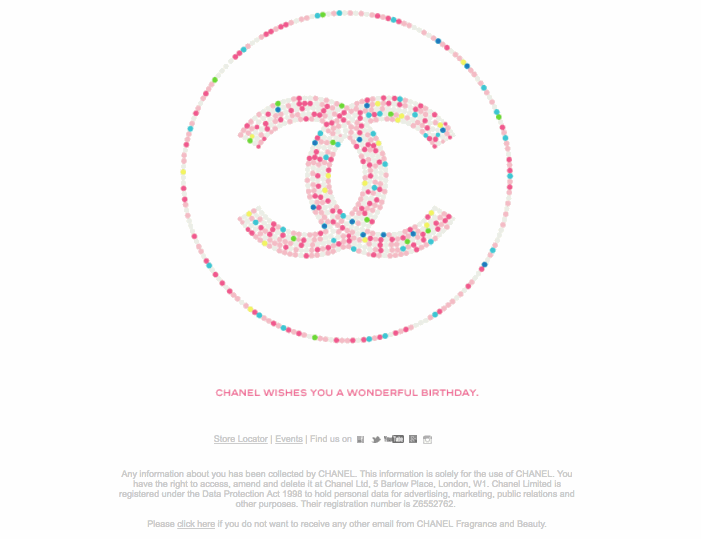
If you collect information about birthdays or important milestones then you’ll be able to send timely messages without coming off as salesy.
Rare occasions
These are purchases people don’t make often but tend to be larger. For example, if their friend is getting married or they’re going on a road trip for the first time.
It’s difficult to predict these events before they happen but it’s possible to analyze their purchase behavior and make better decisions going forward.
Regular occasions
These happen all the time and are the most useful for building out a behavioral segmentation profile of individual customers. For example, some people go grocery shopping every Saturday morning. Over time, you may realize that their purchase at the end of every month is the largest.
A customer may also each lunch at twelve noon every day. In this situation, you can send an email coupon in the morning to give them a discount on lunch. How else do you think you can use behavioral segmentation to maximize revenue?
Status as a Customer
Different types of customers will behave differently. If someone just stumbled on your brand and is making their first purchase, they’ll behave differently from long-time customers. Overall, there are five important status segments.
- People that don’t use your products and aren’t aware you exist. They may or may not know they have a problem you solve. They definitely don’t know you exist. Get in front of them with top of funnel awareness content and turn them into email subscribers.
- Prospects or potential customers. These are the people who know they have a problem you can solve and are evaluating your solution. They’ve yet to decide whether or not it’ll meet their needs. Middle of the funnel and bottom of the funnel content work best for them.
- First-time buyer. This is the moment of truth. They just bought from you and know what to expect. They don’t yet know if you’ll deliver on your promises. This is an opportunity to properly onboard and wow them.
- Regular customer. They buy from you often and are responsible for the bulk of your revenue. It takes much less effort to reactivate them if they go cold. They’re also a great place to start when doing research for new product lines.
- Past customers (also known as defectors). They were once customers but left for some reason. They may have outgrown the product or feel like service delivery has declined in some way. They’re a goldmine of information about how you can improve.
Each one of these categories is alive and well in your business. If you market to each of them the same way then you’re missing out on a lot of revenue. There’s no such thing as a one size fits all message.
Rather, your message should match each group.
Benefits they’re looking for
It’s important to know what your customers want from your products and services. Yes, they want to buy it but it’s only relevant because they have a job to be done.
If you ask all of your customers why they bought your product, you’ll get slightly different answers each time. Throughout it all, there will be consistent themes.
Think about a trip to your local mall.
- You’ll see some people who are diehard sneakerheads
- You’ll see others that are only interested in designer shirts and jackets
- Still, others will be focused on jewelry
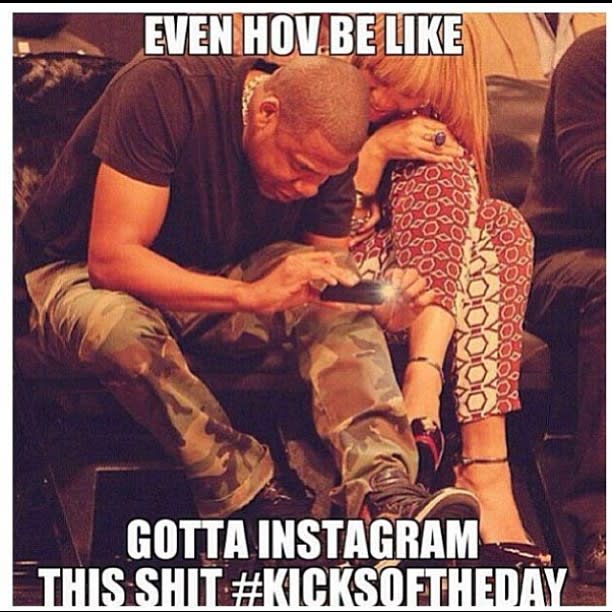
It’s the responsibility of the mall owners to rent out shops to vendors that’ll meet the needs of frequent customers. If they only rent out space to shoe companies then they’ll lose the customers interested in jewelry and clothing.
That could make up a sizeable portion of the income of the shop owners. If the shop owners don’t make money then they can’t pay for their lease and the owners of the mall suffer.
This is what we did with John from our example. We sent messaging based on the benefit he wanted to gain – a high-paying job right out of college.
Delving into the diverse desires of consumers, jewelry stands out as a particularly evocative category. Each piece, whether it be a delicate bracelet or a bold statement ring, encapsulates a specific intention or desire, reflecting the unique tastes and aspirations of its wearer.
Just as mall owners curate a variety of stores to cater to every whim, jewelers craft collections that resonate deeply with individual narratives and styles.
Customer Loyalty
Loyal customers also fall into the category of regular customer.
You can count on month after month to generate revenue for you. If you use this as a key segmentation factor, you can give them perks and further encourage them to buy from you.
Many companies do this in the form of a loyalty program. They give discounts, prizes, and early access to their best customers. You stick with them and they stick with you. It’s a win-win situation.
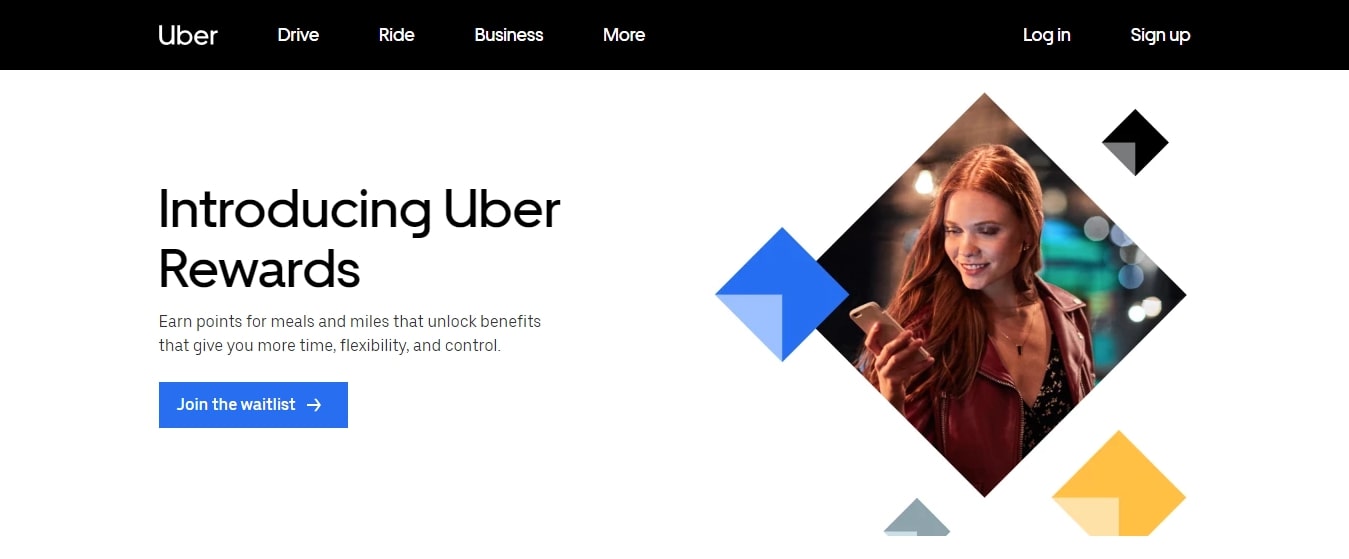
These programs work because your customer is already buying from you and you’re adding an extra reason for them to purchase.
It doesn’t matter how much your product costs or which industry you’re in; there’s room for a loyalty program. Chipotle lets people earn a free sandwich and Starbucks lets their customers earn free refills.
Usage Rate
This is a straightforward behavioral segmentation type. You give people preference based on how much they use your products and services. Understanding this will help you tailor your messages to their situation.
For example, light users can be encouraged to use your application more. Heavy users can be shown the advanced functionality of your product.
A word of caution here; your heaviest users may not be your most valuable customers. Make it a point to understand the difference.
Heavy users
You can count on them patronize consistently. They’re usually responsible for the bulk of your revenue, take advantage of your loyalty program, and happily give you feedback.
The reason is simple; they rely on your products and services. For example, frequent fliers tend to use the same airline and are upgraded regularly as a result. For SaaS products like KyLeads, these are the people who log in every day and let us know what’s working and what’s not.
Medium
Count on this group to make purchases infrequently but regularly. For example, if they have a birthday coming up, they’ll turn to you to buy something.
To engage this segment, offer incentives at major milestones. For an application with a regular membership, it’s important to get these types of customers to engage regularly so they can derive more value.
Light
I fondly refer to customers in this group as accidental users. Of course, no one that buys from you does so accidentally, but these people are most likely to make one-off purchases.
The best way to engage them is to encourage follow on purchases or increased usage. You can do this through one-click upsells and order bumps.
You can also do this by offering discounts on related products.
For every segment, the goal is to encourage users to move up a level until they’re heavy users. Move light users to medium users and medium users to heavy users.
Always remember, your heavy users are responsible for the bulk of revenue. It’s important to optimize for them first before spending time and money to get one-off purchases to become repeat customers.
Pitfalls of behavioral segmentation
It’s not all fun, games, and increased revenue. There are challenges with behavioral segmentation that need to be overcome.
Ignoring them altogether
This seems obvious, right? Don’t be so quick to judge. It’s much easier to identify behavior segments than it is to use the insights to improve your business.
After taking the time to understand your customers, it wouldn’t serve you to ignore the segments you identify.
For example, a large portion of your customer base falls under the medium usage rate. Instead of making changes to your email marketing and website to promote increased product usage, you file it under things to be done.
The only problem is that segmentation takes time and effort. The longer you wait the less likely it is to happen.
Segment your users. Take action on the insights you gain.
Using behavioral segments that are too broad or too narrow
It’s easy to go too far in either direction. Behavioral segments need to be detailed enough to make a difference in your business but not so detailed that they only address a tiny portion of your customer base.
Narrow segmentation
Too narrow means you’re cutting off many of your customers and may not be able to derive an ROI. You want to take into consideration individuality but you don’t want to create campaigns that target a group so small they can never be profitable.
For example, messaging that tries to sell computers to middle school students in a single suburb. First, middle school students don’t have much purchasing power and even if they did, how many in that suburb would need computers.
This is a ridiculous example but it serves to illustrate my point. Too narrow is just as bad as too broad.
Broad segmentation
Too broad means it’s not useful. One of the key elements of personalization is tackling problems on an individual level. Your customers are all individuals that have overlapping goals and needs.
It’s the point at which they overlap which makes it possible to create messages that resonate with specific groups. Too much overlap and the message loses its uniqueness.
For example, messaging that tries to sell computers to students is too broad. There are many classes of students.
- Middle school
- High school
- University
- Graduate
Each of these groups has different needs. A graduate student has likely been working for a few years so they can get a more powerful computer.
A middle school student is at the mercy of their parents. A high school student may or may not have a job and may or may not be willing to save for months.
Each of these segments would respond better to tailored messaging.
Behavioral segmentation examples you can steal
Yes, I have examples.
Ecommerce
There are a lot of ways to use behavioral segmentation for Ecommerce. A few examples that come to mind are:
- Reward frequent shoppers with membership in your loyalty program. The more they shop the more perks they get. You’re simply reinforcing behaviors they’re already performing.
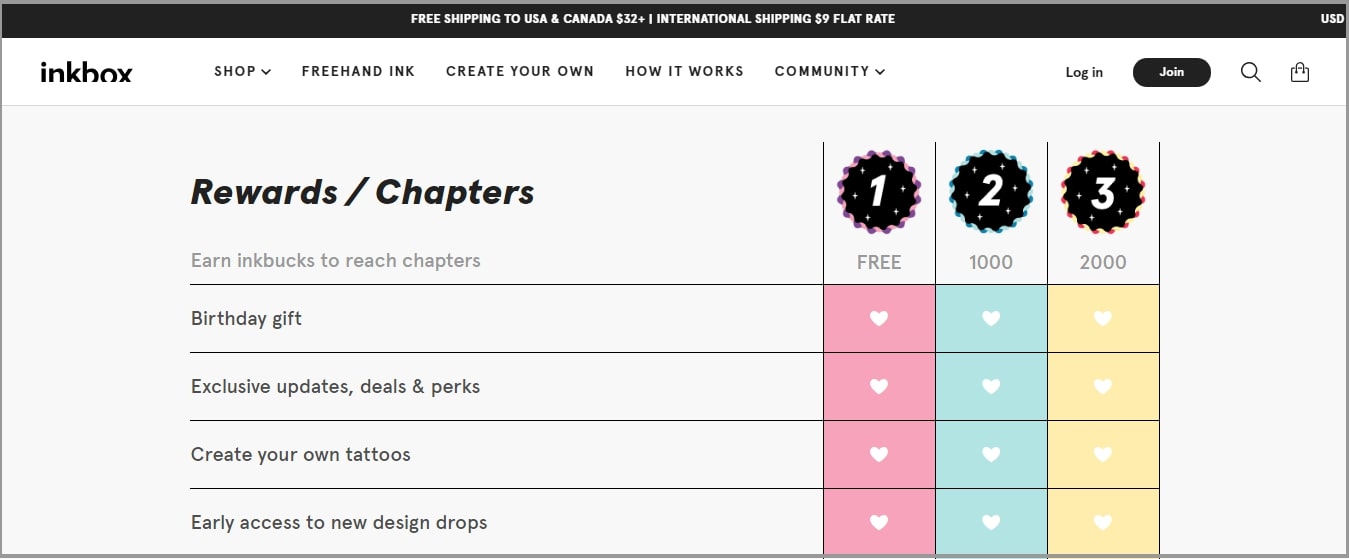
- Occasions. If you’ve ever bought something from an Ecommerce store then you know what I’m talking about. They all send messages during holidays like Valentine’s Day and Independence Day.
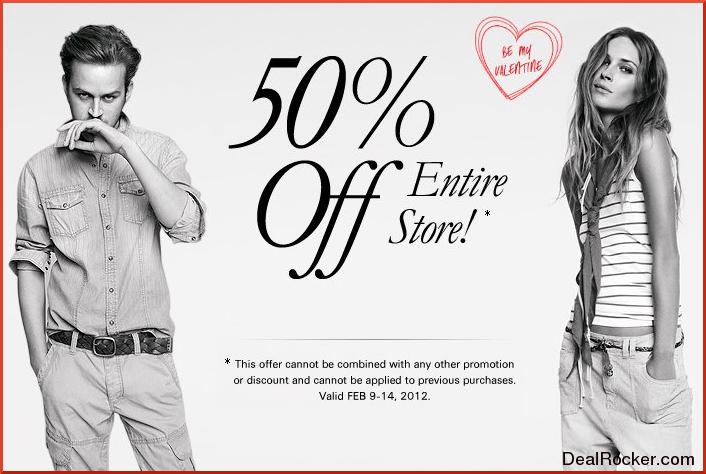
Software
Most software has moved towards a recurring billing model so it’s a bit more difficult to segment based on purchase frequency. Everyone pays monthly or thereabouts. There are a few ways you can still segment based on behavior.
- Benefits – When you’re selling software, there are clear benefits customer segments want and need. You can capitalize on this by creating content around that need. Our blog is an example, we create content directly related to our software and that helps our customers succeed as business owners.
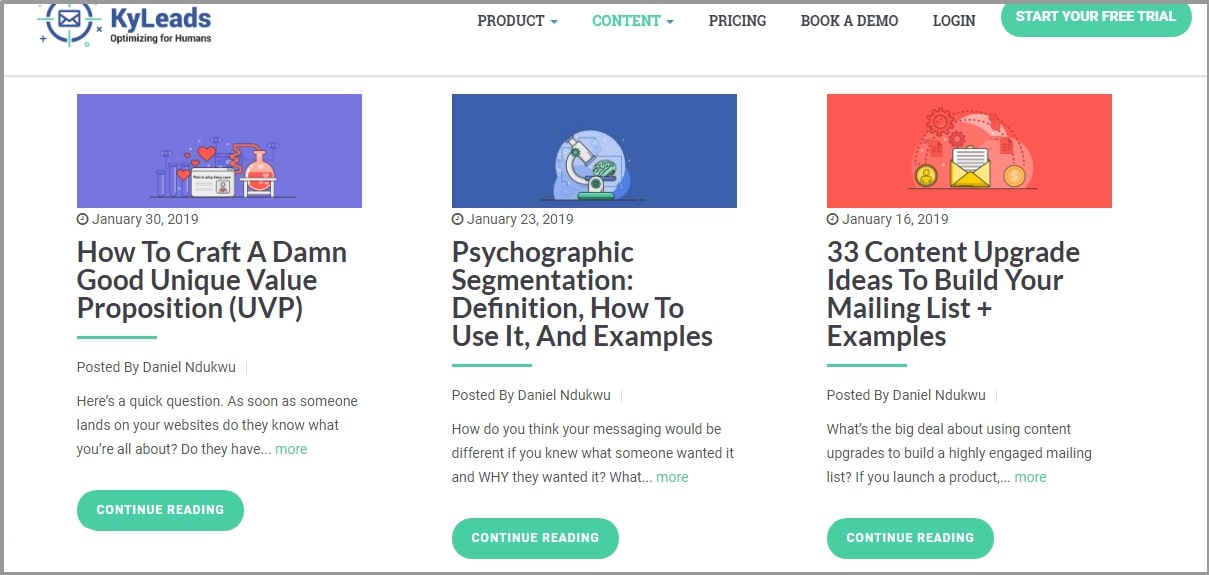
- Usage. This aspect focuses on how often they use the software – not how often they pay for it. Low-frequency users may be about to churn while high-frequency users would be more willing to help you improve your application through customer interviews and surveys.
Digital information products
The best way to segment people who’re interested in information products and even consulting is through benefits sought.
It’s the same approach you’d use with software but in this example, you can create specific products or position each product differently depending on the benefit.
For example, let’s say you run a blog focused on traveling with three main topics:
- Planning trips
- Permanent travel
- Minimizing expenses
If someone lands on your website and subscribes to an article around planning trips, you can make the assumption that they’re interested in better travel planning.
What do you do?
You market products and services that help them plan epic tricks.
Conclusion
We’ve covered a lot of ground and touched on many aspects of behavioral segmentation.
Through it all, one thing remains constant:
Behavioral segmentation is the practice of dividing your customers into groups based on behavior and creating messaging and products to increase your sales.
When used properly, it helps you personalize your messaging at scale and turn one-time customers into brand advocates.
When implementing behavioral segmentation, keep in mind that people can be classed in multiple segments at the same time. If you go too narrow then your messaging won’t be as targeted as it should. If you go too broad then the messaging will appear generic.
Start testing until you understand what works for your brand.
Let me know what you think about behavioral segmentation in the comments and don’t forget to share.
I’ve read all segmentation types individually on this page. You guys have done an amazing job breaking down everything in such simple terms. Incredible writing, and exciting outline.
Thank you!